BRICK TYPES
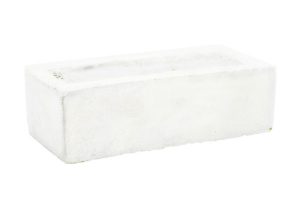
CEMENTED SOFT MUD
Clay taken from a quarry or river is mixed with other raw materials such as sand, lava, lime, iron and chromium oxides. The clay is put through various processes to remove any unwanted aggregates or metals. It is then kneaded with steam and water before being thrown by machine into a “Deboer” press. The moulds are lined with a fine or course sand lubricant depending on the desired end texture, and then dried. The shaped bricks are fired in a tunnel kiln at temperatures ranging from 1070-1250°c. The resulting base brick is cooled and then fully immersed in a liquid clay bath with cement pigment added to achieve the desired colour. It is then naturally dried producing a durable and frost resistant facing layer.
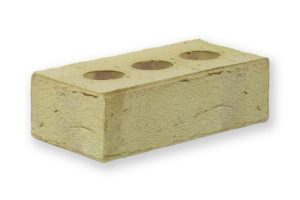
ENGOBED WIRECUT
A combination of Campine and Old Quaternary clays are mixed and kneaded together to obtain the desired elasticity. Minerals are added before the clay is crushed and prepared. The extruder then compresses the clay through pressure and suction into a long rectangular shape. At this point, various liquid clay engobes and other natural colourants such as calcium and manganese are added to create a wide range of colours and tones, not usually achievable in clay brick production. The desired brick module is then cut using a die. The wet bricks are dried for 4 days, then fired in an automated tunnel kiln reaching temperatures of 1250°c. The result is a rustic edged, contemporary and multi tonal facing brick.
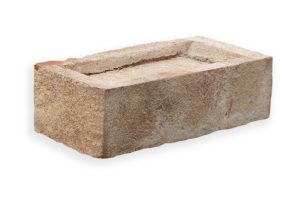
GENUINE HANDMADE
Genuine handmade bricks have a sandy texture and high durability. Known for high compressive strength and low water absorbency. These bricks are made using traditional methods, forming the clay by hand into wooden moulds. They are left to air dry, before being fired at 1000˚- 1100˚. The use of different clays & mineral additives, coupled with a traditional method of clamp firing means these bricks provide an authentic through coloured finish.

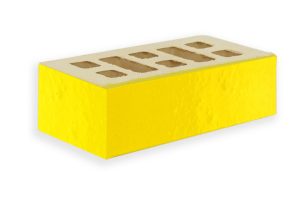
GLAZED
Colourful Glazed bricks with character, reflective finish and sunny tones. An outstanding quality of glazing and body clay provides a wide range of possibilities for architects and developers. Cheerful colours
that are formed at temperatures of around 1,200°C guarantee durability, resistance and aesthetics that last forever. Any given colour can be achieved with these glazed methods.
They are made with a mix of clays that give a low rate of water absorption and high durability properties.
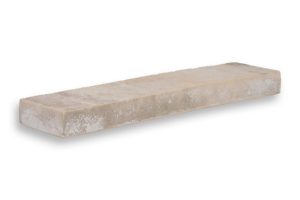
ROMAN HANDMADE
Local Venetian clay is taken from a quarry and mixed with other raw materials such as sand, oxides, clay engobes and quartzite. The clay is prepared, kneaded and then hand-thrown by craftsmen into a wooden mould box. Using a centuries-old technique, this process creates a striking long format shape and an honest handmade finish. The bricks are dried then fired in a tunnel kiln at temperatures ranging from 1020 -1100°c. The resulting product is a unique, linear, Roman Handmade brick.
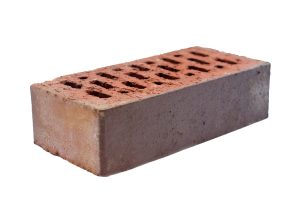
SEMI-GLAZED
High quality locally sourced and foreign clays are mixed and kneaded together to obtain the desired elasticity before being crushed and prepared. The extruder then compresses the clay through pressure and suction into a long rectangular shape and the desired brick module is cut using a die. Once shaped, the bricks are fully or partially coated with an engobe comprised of a liquid clay with the same capillarity of the clay body. Additional ingredients like metal-oxides and colour-pigments, balanced to create the highly prized semi-glazed finish, are also added. The wet bricks are dried for 4 days, then fired in an automated tunnel kiln reaching temperatures of 1100°c.


SOFT MUD SANDED TEXTURE
Clay taken from a quarry or river is mixed with other raw materials such as sand, lava, lime, iron and chromi-um oxides. The clay is put through various processes to remove any unwanted aggregates or metals. It is then kneaded with steam and water before being thrown by machine into a “Deboer” press. The moulds are lined with a fine sand which gives these bricks their sanded texture. The shaped bricks are then dried before be-ing fired in a tunnel kiln at temperatures ranging from 1070 -1250°c. The result is a crisp, square arris, through coloured, stock brick.
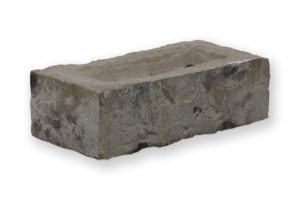
SOFT MUD HANDMADE TEXTURE
Clay taken from a quarry or river is mixed with
other raw materials such as sand, lava, lime, iron and chromium oxides. The clay is put through various processes to remove any unwanted aggregates or metals. It is then kneaded with steam and water before being thrown by machine into a “Deboer” press. The moulds are lined with a heavy sand which holds back some of the clay when tipped from the mould. This gives the brick a simulated handmade texture. The shaped bricks are then dried before being fired in a tunnel kiln at temperatures ranging from 1070°c – 1250°c. The result is a rustic, more traditional, through coloured, stock brick.

SOFT MUD TUMBLED
Clay taken from a quarry or river is mixed with other raw materials such as sand, lava, lime, iron and chromium oxides. The clay is put through various processes to remove any unwanted aggregates or metals. It is then kneaded with steam and water before being thrown by machine into a “Deboer” press. The moulds are lined with a heavy sand which holds back some of the clay when tipped from the mould. This gives the brick a simulated handmade texture. The shaped bricks are then dried before being fired in a tunnel kiln at temperatures ranging from 1070°c – 1250°c. Once the bricks have been fired, they are tumbled and cemented with different colour pigments. The result is a rustic, through coloured, stock brick with a reclaimed appearance.

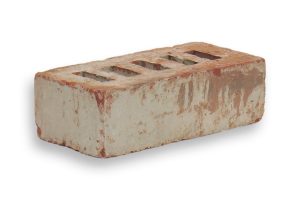
TUMBLED WIRECUT
A combination of Campine and Old Quaternary clays are mixed and kneaded together to obtain the desired elasticity. Minerals are added before the clay is crushed and prepared.
The extruder then compresses the clay through pressure and suction into a long rectangular shape, and the de-sired brick module is cut using a die. The wet bricks are dried for 4 days then fired in an automated tunnel kiln, reaching temperatures of 1250°c. Once the bricks have been fired, they are tumbled and cement with different colour pigments is added.
The resulting product is a wirecut brick with rounded edges and a reclaimed appearance.
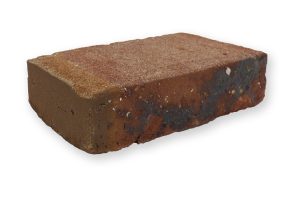
WATER STRUCK
Clay taken from a quarry or river is mixed with other raw materials such as sand, lava, lime, iron and chromium oxides. The clay is put through various processes to remove any unwanted aggregates or metals. It is then kneaded with steam and water before being thrown by machine into a “Deboer” press. The waterstruck texture is created by omitting the sand from the moulding process. The shaped bricks are then dried before being fired in a tunnel kiln at temperatures ranging from 1060 -1270°c. The unique colours are achieved through a combination of varied firing methods and the addition of coal to the face of the bricks which provide strong natural colouring with hints of glazing.
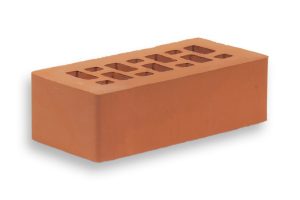
WIRECUT
A combination of Campine and Old Quaternary clays are mixed and kneaded together to obtain the desired elasticity. Minerals are added before the clay is crushed and prepared.
The extruder then compresses the clay through pressure and suction into a long rectangular shape, and the desired brick module is cut using a die. The wet bricks are dried for 4 days then fired in an automated tunnel kiln, reaching temperatures of 1250°c. The result is a crisp, square, modular, through coloured facing brick with extremely good tolerance.
LOOKING FOR MORE INFORMATION?
Contact our experienced team today to discuss your project in more detail
